Investigation: metals and magnetism
In Chapter 1 you learnt about magnets and magnetism. Now you will investigate which metals are attracted to magnets and which are not. You will also learn why it is good to recycle scrap metal and how this important work is done.
We can also recycle materials other than metal. Plastic, paper, cardboard and other materials that are often thrown away could be recycled instead. Since we are running out of basic resources, we need to reuse or recycle as much as we can instead of simply throwing things away.
You will start work on a recycling plan for your school by recording the waste produced by your school and how much of it could have been recycled. Many factories use waste materials, so you can develop a plan to raise funds for your school by recycling waste.
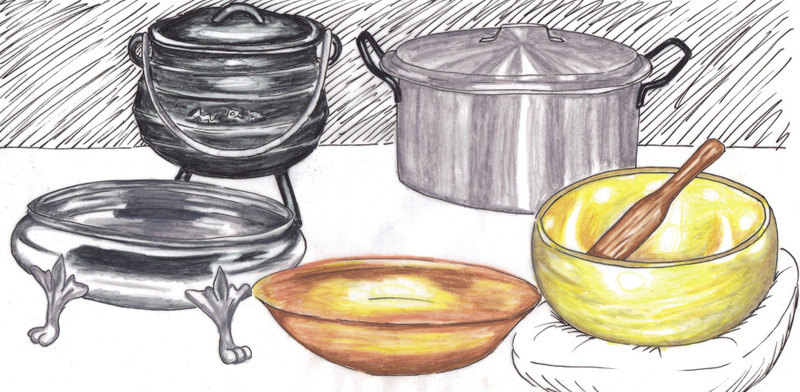
Figure 1: Metals used in the home
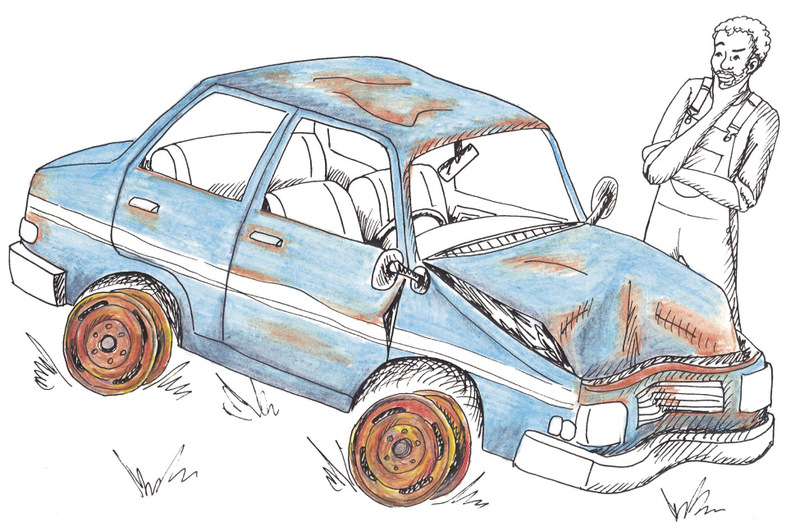
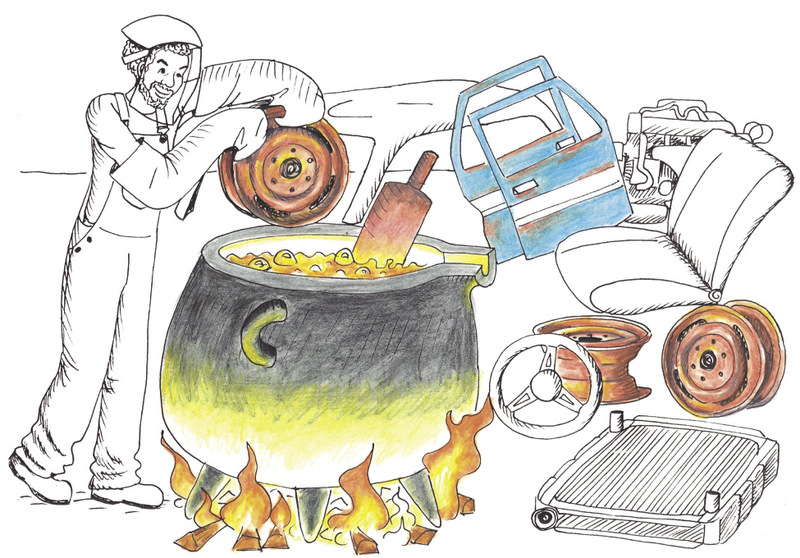
Figure 2
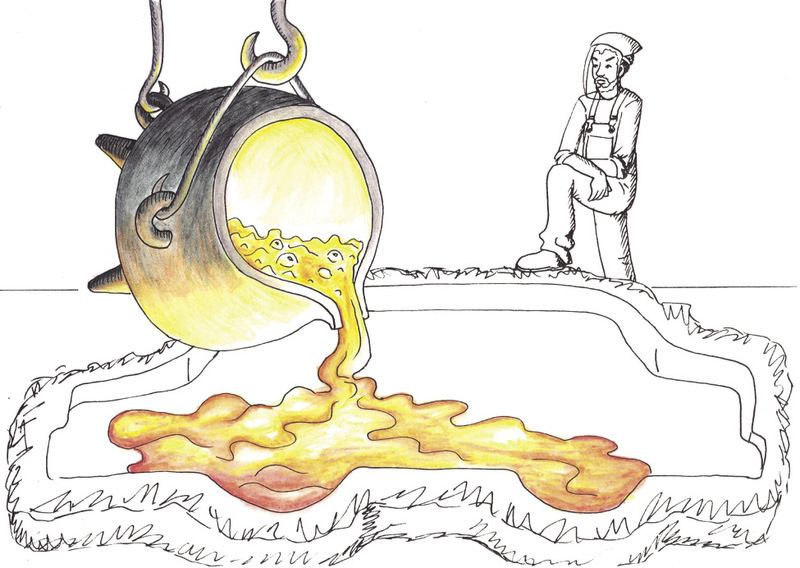
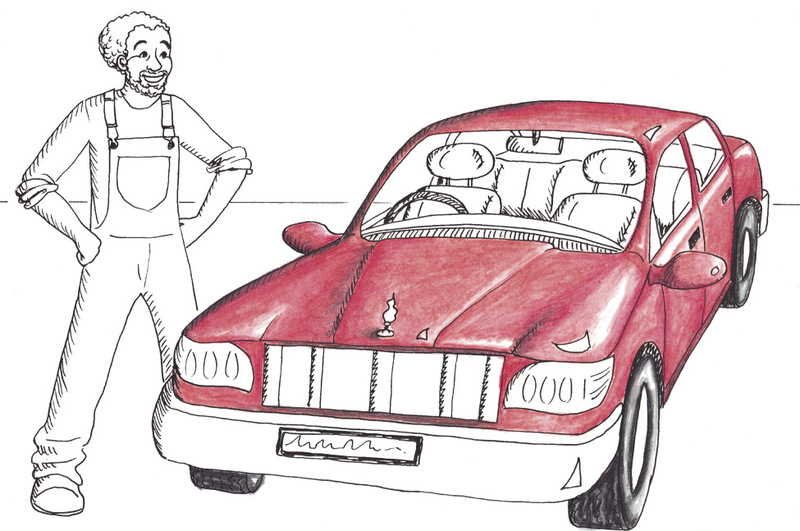
Figure 3
Magnetic and non-magnetic materials
You learnt about magnetism and magnets in Chapter 1. You learnt that non-metals do not stick to magnets, while other metals do stick to magnets. We say that these metals are magnetic.
Look at the objects made of different metals in Figure 4:
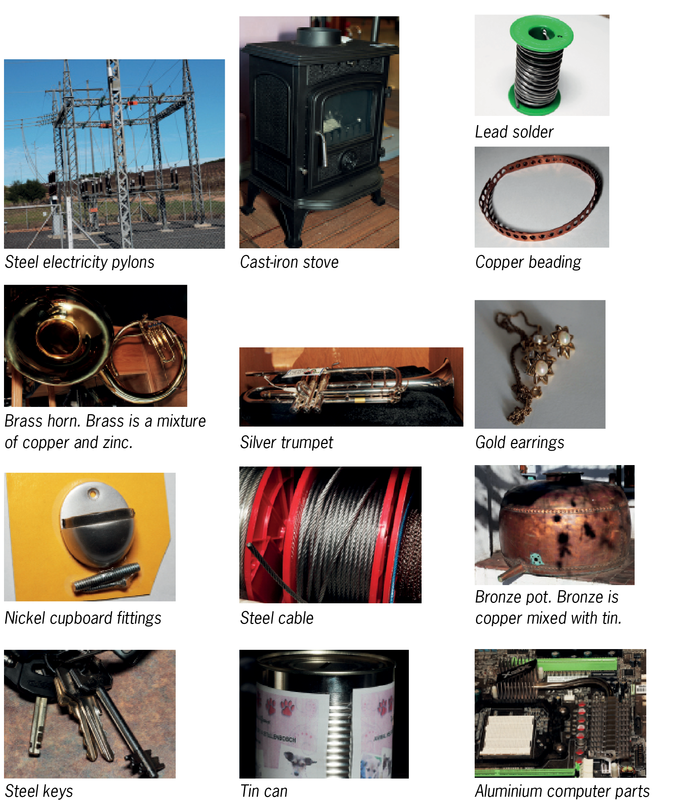
Figure 4: Some different types of metal
1. Which of the objects are made of magnetic metals? Fill in the table below:
|
Material |
Is the material magnetic? |
|
|
Yes |
No |
|
|
Steel pylon |
||
|
Cast-iron pot |
||
|
Silver trumpet |
||
|
Copper beading |
||
|
Brass horn |
||
|
Lead solder |
||
|
Gold earrings |
||
|
Nickel fittings |
||
|
Steel cable |
||
|
Aluminium computer parts |
||
|
Bronze pot |
||
|
Tin can |
||
|
Keys |
||
How many of the metals are magnetic? If you said only three, then you are correct. They are steel, iron and nickel, and they all contain iron and are magnetic. Any metal containing iron and that is magnetic, is called a ferrous metal.
Many people think that tin is magnetic, but it is not. The tins that you buy food and other household goods in are actually made of very thin steel and are covered with another thin layer of tin to stop them from corroding. Steel is a mixture of iron and carbon. When you place a magnet next to a tin can, it is attracted to the iron in the steel, not the tin.
Ferrous metals are metals that contain iron.
Often, you will see iron that has rusted. This is called corrosion. Rusty iron is still magnetic.
When a metal is in contact with oxygen, it forms rust over time.
Rust is also magnetic.
Tin and zinc don't rust, so we use them to protect iron and steel.
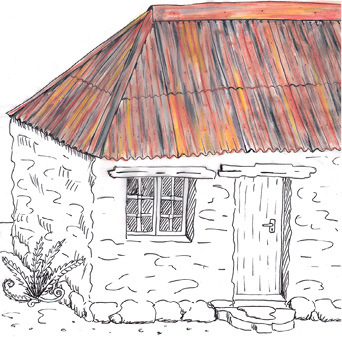
Figure 5: The coating of zinc has wornoff this corrugated steel roof.
Investigation: test which metals are magnetic
Common metal objects
In your daily life you see many useful metal objects around you. Some are very big, such as cars and buses. Some are very small, such as paperclips.
1. In the first column, list 15 metal items that you use or often see around you.
2. In the second column, write down what metal each object is made of. If an object consists of more than one metal, write down which metal makes up the biggest part. For example: cars are mainly made of steel.
3. Test the items to see whether they are magnetic or not. Write down your results in the last column.
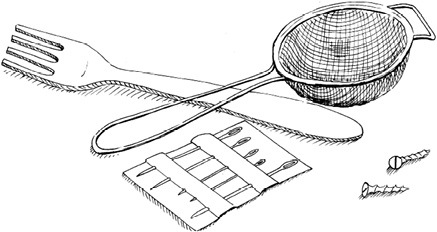
Figure 6: Things you find around the house: a fork, a strainer, needles and screws.
|
Object |
Metal |
Magnetic: Yes/No |
Case study: recycling scrap metals
Are you surprised that so many things we use every day are made of metal? We use different metals to help us with almost everything we do. This means that factories need a constant supply of metal so that they can keep manufacturing all these items. We use millions of tons of steel, aluminium and other metals every year. But the earth's supply of metal will eventually run out. Can you think of the problems this will lead to?
Recycling is to use something over and over again. It may be in a different form, but we use the basic materials again and again.
The answer is to recycle the scrap metal. Everything that is made of metal can be broken up and sorted into its basic parts and used again. This will help to save the country millions of rand each year and will also stop us from using up all the planet's resources.
Metal is ideal for recycling as it can be melted down and reused without losing its strength.
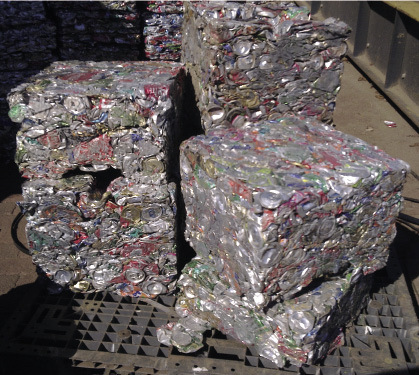
Figure 7: Steel recycling bales
Collecting scrap metal
The process of collecting scrap metal for recycling starts when people learn to notthrow metal objects away. Everything made of metal can be recycled and everyone has to make sure that nothing that can be reused is thrown away.
At home, make sure that all small metal objects, such as empty tins, are collected separately and sent to recycling centres. Bigger objects such as old household appliances will be collected by scrap metal dealers. Scrap metal dealers sort the different types of metals they collect into piles and send these to the factories. The factories then melt down the metal objects so that the metal can be used again.
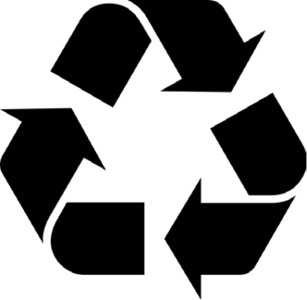
Figure 8: The international recycling symbol. When you see this sign, it means that the materials used to make the product can be recycled.
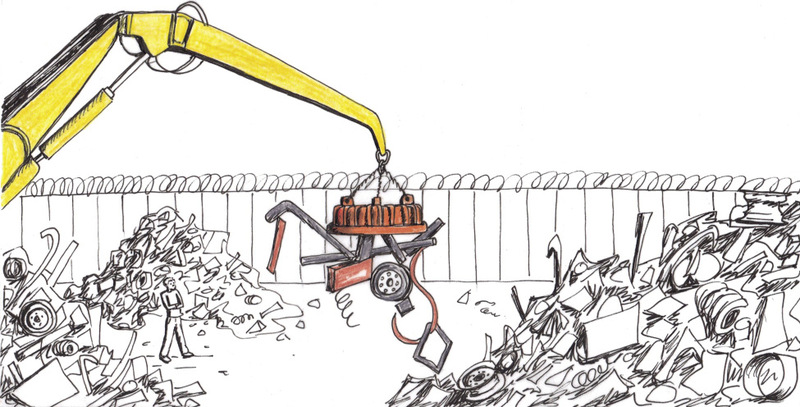
Figure 9: Scrap metal yards use magnets to sort piles of scrap metal.
Can you see how a magnet can be used to help sort piles of metal? Scrap dealers use large magnets to pull out the magnetic metals from the piles. This speeds up the process.
Making money from recycling
To encourage people not to waste valuable materials that can be recycled, scrap metal dealers will pay for scrap metal. They usually pay by mass, so it doesn't really matter what shape or form the metal comes in, it is the mass that counts.
But this can create problems too. Some people steal metal objects such as steel manhole covers and copper wire from telephone and electricity cables, to try and make money. Stealing these articles is not only dishonest, but it also puts other people in danger. If manhole covers are stolen, then there are holes in the roads that people can drive or fall into. Stolen electricity cables can cause loss of power.
Collecting scrap metal honestly
1. Do you think there are metal items that scrap metal dealers should not accept from people trying to sell them? Discuss your ideas with another learner. Write down the items you think scrap metal dealers should not buy.
2. List a few scrap metal objects that people can collect to sell to scrap metal dealers.
3. If you were collecting scrap metal to sell to a scrap metal dealer, how would you show that you had gathered the items legally? Here is an example: "I would get the owner of the house to give me a letter saying that she gave me the items."
Write down any other steps you could take.
Identifying recyclable materials
Scrap metal is not the only recyclable material. Most waste can be recycled. There are companies that specialise in collecting all forms of recyclable waste, and this serves the community in many ways.
In the last section of this chapter, you are going to investigate what a recycling scheme for your school will achieve. Before you start collecting materials, discuss in the class which waste materials the school produces could be recycled. Remember that it is not only your classroom, but the whole school.
Get one learner to write these items on the board, with a few examples of the materials you are likely to find at school.
For example:
Plastic: milk bottles, cold drink bottles.
Cardboard: food cartons, boxes.
How much recyclable waste is produced by the school?
- For the next week, keep a record of the amount of waste that the school produces.
- It would be helpful if the rest of the school knows that you are collecting recyclable waste. Ask your principal if you can have a special waste bin or small area where learners can bring their recyclable waste. If your school has extra waste bins, you could put them next to the normal bins and put recycling labels on them.
- Collect the recyclable material and sort it into piles. Put this recyclable material into black bags. Tie each bag when it is full and mark them clearly. Get advice from your teacher on where to store the material while you are collecting it.
- Find out if there are scrap dealers near you or your school who will collect the waste, and ask them how much they will pay for the various types of material.
Safety
When you are collecting waste materials, always wear gloves. Wash your hands thoroughly after you have finished sorting the material.
Recycling plan for your school
Making money from recycling
You have been collecting and storing recyclable waste for one week. Now do the following exercises as a class:
- Gather all the waste you have collected and make sure it is correctly sorted: one pile for paper, one pile for cardboard, one pile for plastic.
- Place the piles into bags and mark them carefully according to what is in the bag.
- Weigh the various types of material. Work out the total amount of each material that you have.
- Multiply
the weight of the material by the value the scrap dealer said
he or she would pay for that material.
For example:
3 kg aluminium tins at R3,50 per kg: R3,50 × 3 = R10,50
- Total all the amounts for all of the materials.
- Discuss ways you could improve the collecting system.
- Discuss ways to make sure the whole school is involved and interested in this project.
Write an individual report on the value of recycling for your school
You have worked as a class to see how much recyclable material can be collected over a week from the school, and how much money could be made for school projects. Each of you must now write a report on the process.
You need to include the following topics:
1. Which materials could the school recycle?
2. What amounts of each material could be collected each week on average?
3. Who will collect the waste each day?
4. Where will you store the waste material safely and hygienically?
5. What scrap dealer or recycling company will collect the material, and how much will they pay for it?
6. Should you bring extra material from home or other collection points to add to the piles each week to make more money?
7. Should you involve the whole school in the project?
8. Write down new ideas about how to make the process of recycling more efficient while raising extra money.
Next week
In the next lesson, you will learn about simple electrical circuits, how to draw circuit diagrams, and how to make an electromagnet.



